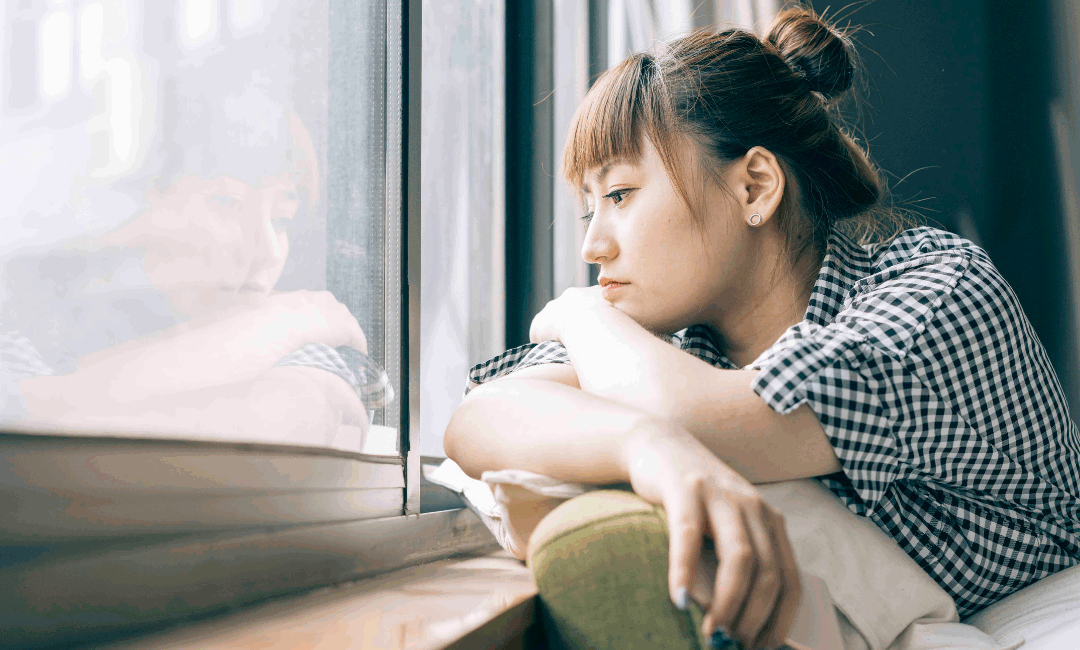We’ve all heard the phrase, “I feel lonely,” but have you ever wondered what it really means compared to simply being alone? Many people use the words interchangeably, but the difference between alone and lonely is significant when it comes to emotional wellness. Being alone is a physical state, while loneliness is an emotional experience.
One can be healing and restorative, the other can feel painful and isolating. By understanding this difference, you can learn how to embrace solitude, recognize loneliness, and find healthier ways to care for your mental health.
What is the difference between being alone and feeling lonely?
The difference between alone and lonely lies in the distinction between a situation and an emotion. Being alone simply means no one else is physically with you. You might be reading a book in your room, taking a walk by yourself, or working quietly at a café. These experiences can be neutral or even positive.
On the other hand, feeling lonely is an emotional state marked by sadness, emptiness, or disconnection, even if you’re surrounded by people. Loneliness is less about who is physically present and more about whether you feel understood, supported, or connected.
Think of it this way: alone is an objective fact; lonely is a subjective feeling.
What are the mental health effects of chronic loneliness?
Chronic loneliness can have serious consequences on both mental and physical health. Research shows that persistent loneliness is linked to higher rates of depression, anxiety, and even cognitive decline. Physically, it has been associated with increased stress, sleep problems, and weakened immune response.
The difference between alone and lonely becomes critically important here: while chosen solitude supports wellness, chronic loneliness can erode it. Left unaddressed, loneliness can create cycles of withdrawal that make it harder to reach out and connect.
Recognizing loneliness early and seeking help—whether through therapy, community, or mindfulness practices—can prevent these long-term effects and restore emotional balance.
Final Thoughts
The difference between alone and lonely is more than just semantics—it’s a key part of understanding emotional wellness. Alone time can be deeply beneficial, while loneliness signals the need for connection and support. By learning to embrace solitude, seek genuine connection, and practice self-care, you can find balance and resilience in your emotional life.
At BHSI, we believe that healing comes not only from therapy and treatment but also from empowering individuals with knowledge and tools to care for their emotional well-being.
FAQ (People Also Ask)
How do I cope with loneliness?
Coping with loneliness requires addressing both the emotional and practical sides of connection. Some strategies include:
Practice mindfulness: Notice when loneliness arises without judgment. Mindful awareness can reduce the intensity of the feeling.
Build small moments of connection: Even brief conversations with neighbors, coworkers, or strangers can remind you that you’re part of a larger community.
Create intentional solitude: Journaling, creative hobbies, or meditation can transform alone time into nourishing time.
Seek therapy or support groups: Talking with a professional or peers who understand your experience can help bridge the emotional gap.
Nurture self-compassion: Recognize that loneliness is a common human experience, not a personal failure.
When you shift perspective, the difference between alone and lonely becomes a tool for healing—solitude can help you cope, while connection helps you grow.
Can you feel lonely even when you're with people?
Yes, and this is one of the most important points about loneliness. You can be in a crowded room, at a party, or even with family and still feel lonely if there’s a lack of genuine emotional connection. The difference between alone and lonely becomes clear when you realize that loneliness is not solved by mere company—it requires meaningful connection.
For example, someone scrolling on their phone at a dinner table might feel unseen or unheard, even though they’re not physically alone. True connection comes from presence, empathy, and authentic relationships.
Is being alone always a bad thing?
Absolutely not! In fact, being alone can be a valuable opportunity for self-reflection, creativity, and mindfulness. Solitude gives us space to recharge, process emotions, and hear our own thoughts without outside noise. Many people find that practicing intentional alone time—through journaling, meditation, or simply sitting in nature—can strengthen emotional resilience.
The difference between alone and lonely here is that solitude is chosen and restorative, while loneliness is often unchosen and painful. By reframing being alone as a gift rather than a punishment, you can embrace it as an important part of emotional wellness.
For example, someone scrolling on their phone at a dinner table might feel unseen or unheard, even though they’re not physically alone. True connection comes from presence, empathy, and authentic relationships.
What is the main difference between alone and lonely?
Being alone is a physical state of being by yourself, while feeling lonely is an emotional state of disconnection or sadness, even if you’re around others.
How can spending time alone improve my mental health?
Intentional alone time can boost mental health by allowing space for self-reflection, mindfulness, creativity, and emotional recharging without external distractions.
When should I seek professional help for loneliness?
If loneliness becomes persistent, affects your daily life, or leads to symptoms like depression, anxiety, or sleep problems, it may be time to seek support from a mental health professional.
Brooklyn Center
Eagan
Golden Valley
North St Paul
Shakopee
Telehealth
Clinic Locations
Brooklyn Center
Clinic Director: Jen Pohl, PsyD, LP
651-769-6250 fax: 651-769-6299
Eagan
Clinic Director: Gary Muchow, PhD, LMFT
651-769-6200 fax: 651-769-6249
Golden Valley
Clinic Director: Rachel Giersdorf, PsyD, LP
651-769-6300 fax: 651-769-6349
North St Paul
Clinic Director: Molly McClure, MSW, LICSW
651-769-6400 fax: 651-769-6449
Shakopee
Clinic Director: Lisa Zietlow, MA, LMFT
651-769-6500 fax: 651-769-6549
Administrative Contacts
Administration hours: Mon-Fri, 8:30-5:00
2497 7th Ave. Suite 108
North St. Paul, MN 55109
Registration | Schedule first appointment
651-769-6565
651-769-6599 Fax
Traci Taylor 651-769-6432
Accounts payable, HR, Payroll
Yin May Aung 651-769-6438
651-769-6599 Fax
Supervisor of Coordinators,
Mary Palmer, 651-769-6424
651-769-6434
651-769-6599 Fax
Lynette Johnston 651-769-6434
Mark Lethert 651-769-6437

